Articles
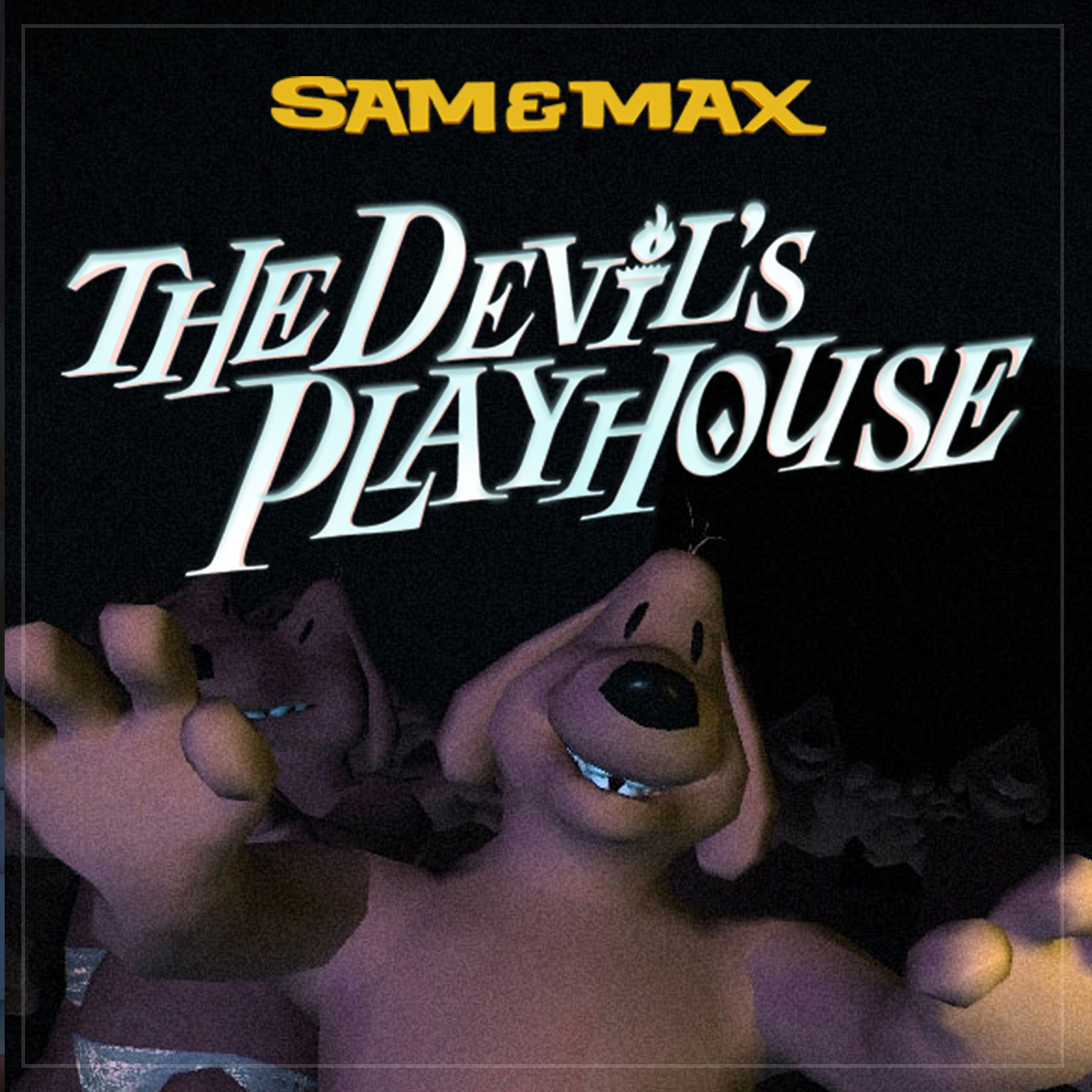
Sam & Max: The Devil's Playhouse The Penal Zone
If you look at the Sam & Max franchise as a whole, there's little doubt that the video games are what most people are familiar with. And hey, there's nothing wrong with that; the games have all held a high standard, and particularly the last few episodes of Beyond Time & Space could, perhaps arguably to some, be called classics.
Yet good as the games have been, they have never quite managed to capture the gritty odd world of the comic books. The humor was there, as were the oddball characters, but the graphics just seemed a bit too polished. And while the games were plenty strange, they were just a little off from the world Steve Purcell originally created.
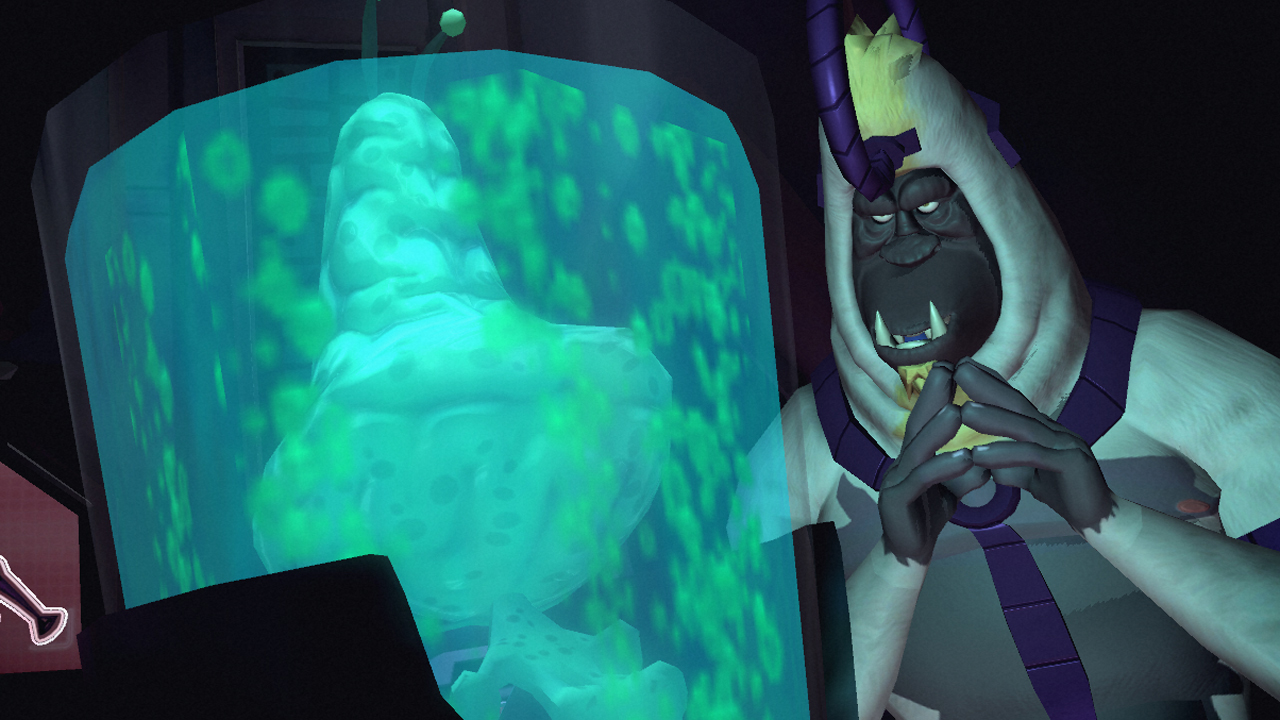
With The Devil's Playhouse, Telltale has promised something more similar to the comics, and if this first episode is anything to go by, they have taken some major steps toward getting it right.
Because The Penal Zone is odd. Very odd. That, by the way, is a good thing. The plot sets Sam and Max up against space villain General Skun-ka'pe, a gorilla traveling through the galaxies on search for toys with psychic powers. We join the duo in his spaceship's prison hole, and the first part, serving as the game's tutorial of sort, has Sam and Max imprison Skun-ka'pe in the Penal Zone and save New York from destruction.
Oh? Emm! Gee?! Did I forget to put in a spoiler alert? No, this truly is the first ten minutes of gameplay, and also seemingly the end of the episode's story, with the remainder serving as a flashback. And already during he tutorial, you'll notice that this is not Sam & Max business as usual.
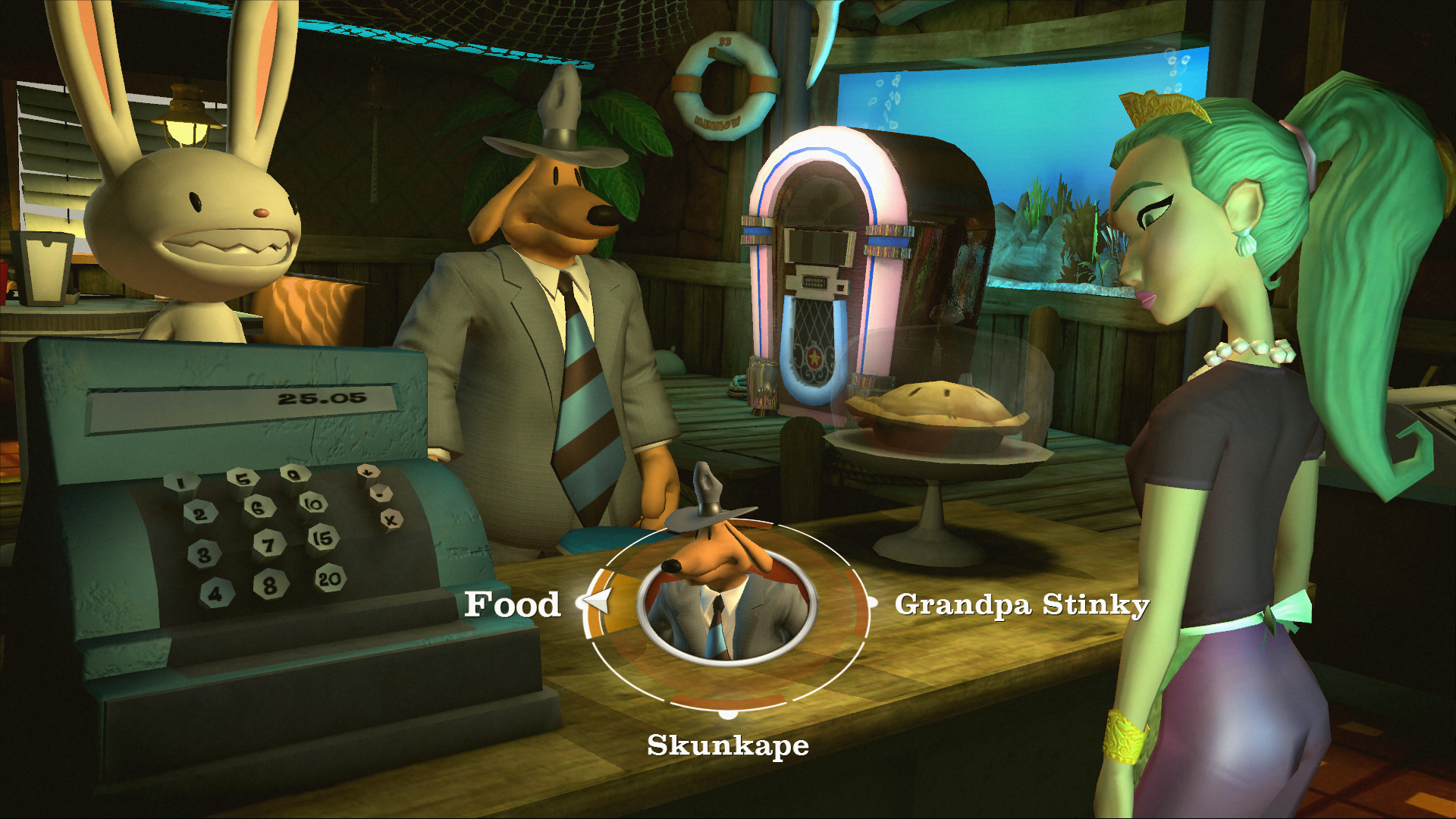
The first big difference from the previous games is Max's psychic powers. While there still are a lot of inventory based puzzles, many, perhaps even most, involve using the lagomorph's newfound powers. Particularly "Future Vision" comes into play a lot; use it on an object or person, and you will look into the future and often see what will happen just after a puzzle has been solved. This can serve as a hint, but also as a red herring or a set-up for a joke. Now and again you might even see something that, presumably, will happen in a future episode.
The second power, teleportation, is also often incorporated into puzzles.
This might all sound a bit simplistic to the seasoned adventure gamer, but I enjoyed it a lot. It feels fresh and new, and during the first teleportation sequence -- not in gameplay, but for Sam and Max -- you get an insight into Max's psyche that quite possibly even trumps the comics in sheer disturbing oddness. I won't even try to explain...
The psychic powers reduce the frustration commonly seen with inventory based puzzles, although there are one or two brain teasers here that are somewhat illogical. I'm not 100% sure if the new member of C.O.P.S., one which is used in a lot of puzzles, was a great addition for example. And some of the teleportation puzzles seem a bit forced.
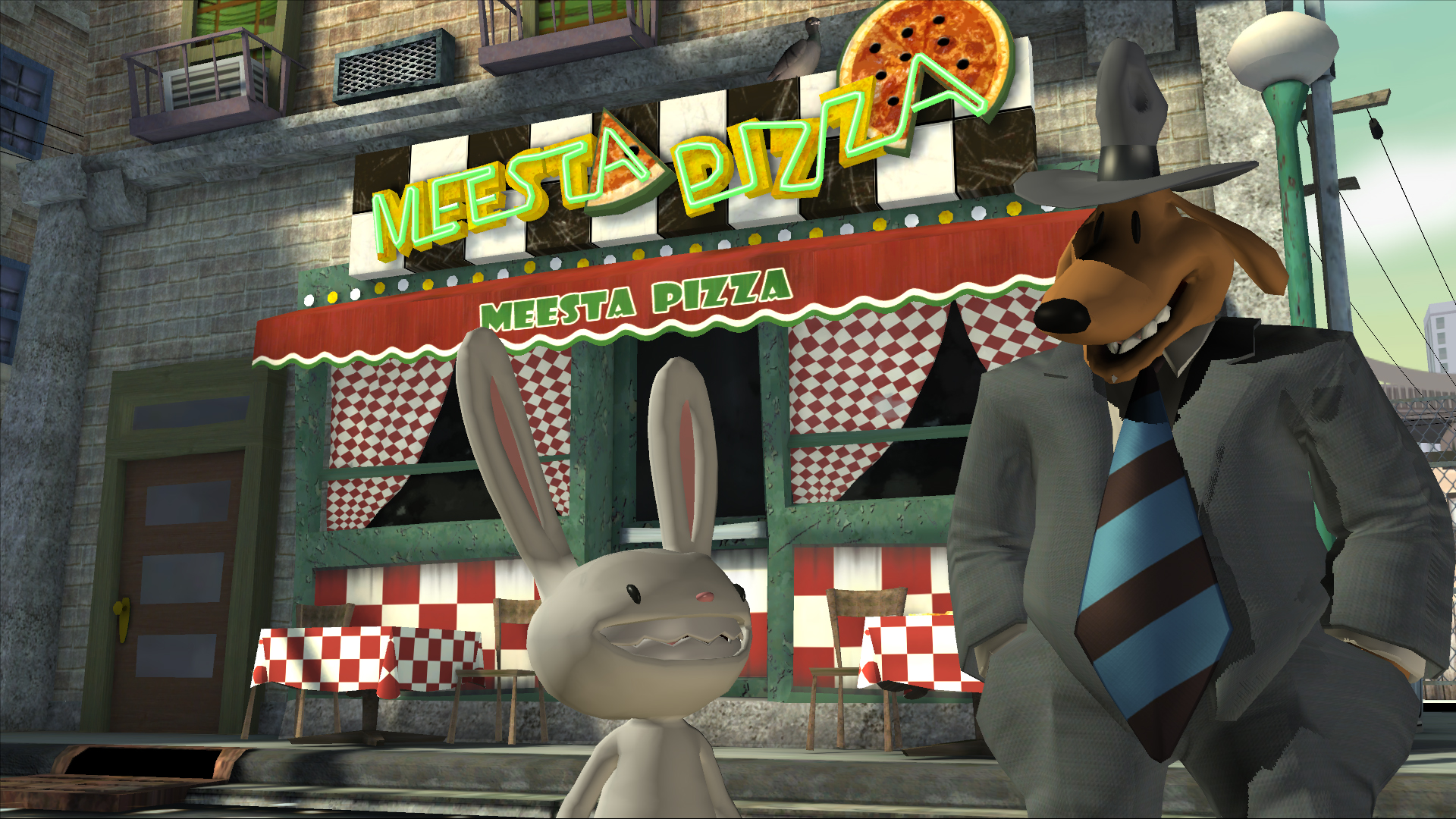
As for the setting, the New York seen in the game has changed a lot from the earlier seasons. Graffiti, tags, dirt, grime, drunken rats, and crazy pigeons... They're all here in droves, and the whole city seems a whole lot more lived in this time around. Add the noise-filter, which is particularly obvious in the more advanced graphics settings, and the game almost gives the visual feel of a 1970s inner-city cop drama. Hopefully future episode will be even more densely populated, but this is, without a doubt, the best looking Telltale Sam & Max episode so far, both technically and artistically.
Of course, such a technical step comes at a price and the hardware requirements are steeper this time around. My trusty laptop could play Tales of Monkey Island on its highest setting no problem; here I had to turn it down to a "6," and the game still lagged at times. If your hardware is aging and you have a PS3, I'd recommend going for the console. I guess that's the price you pay for an extra layer of polish. Or dirt as it is.
The sound, at least, doesn't suffer and is top notch, with Jared Emerson-Johnson delivering another great score. Also worth pointing out is the quality of the voice acting: David Nowlin and William Kasten truly have made Sam and Max their own characters, and are again joined by a great supporting cast. Particularly Andrew Chaikin shines as the ever-present Criswell-like narrator.
Speaking of voices, the brand new dialogue system works quite well. No more duplicate dialogue; the system lets you know when you've exhausted a thread, yet still keeps it available in case you need to listen for a hint again.
Truth be told, there's little not to like about The Penal Zone. Not having a shortcut key to exit the inventory is a bit silly, I suppose. And if you didn't like the Tales of Monkey Island control scheme, you probably won't be too happy over what you are about to experience here.
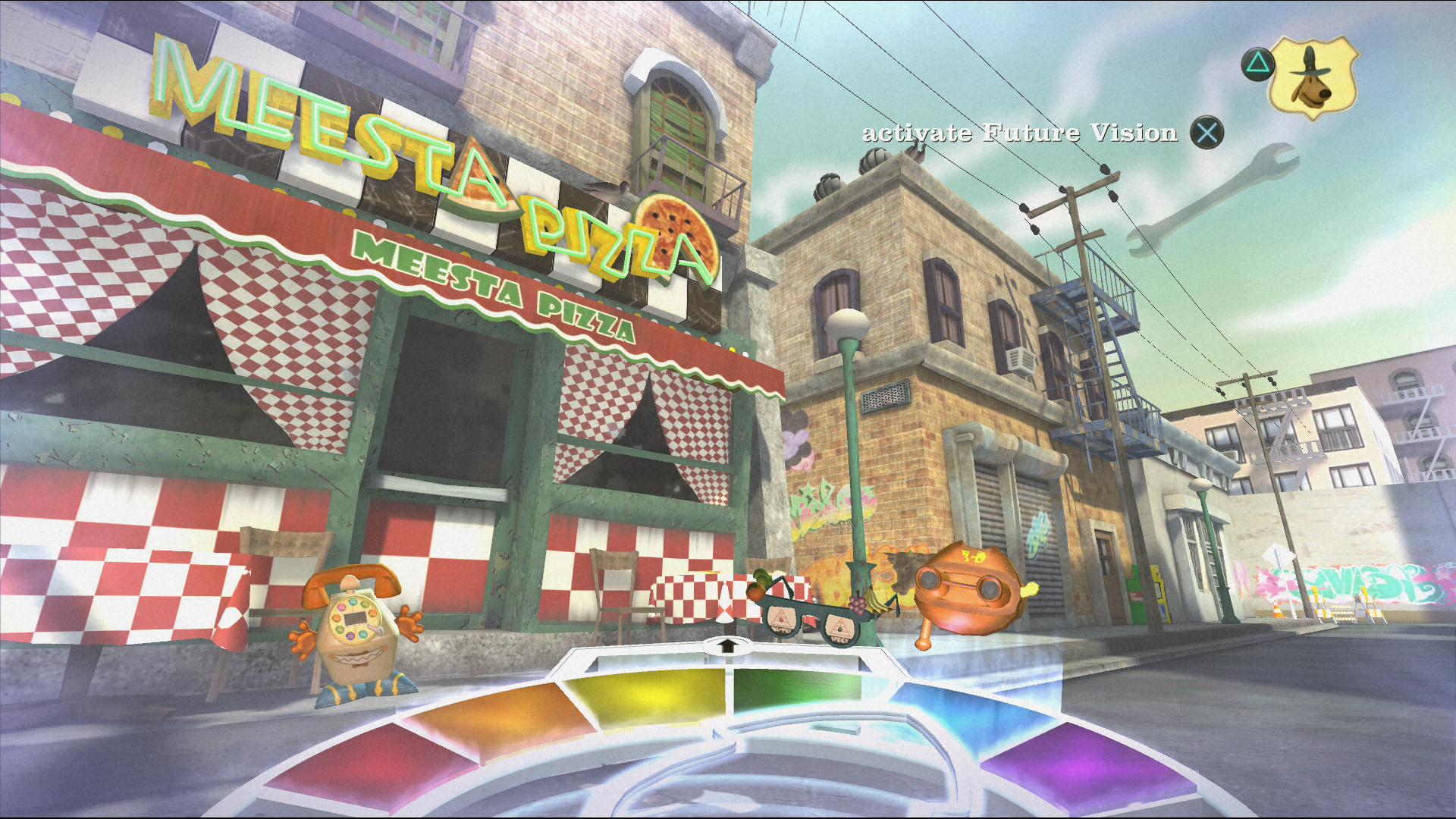
But honestly, the game feels perfectly odd and crazy, and is technically, and possibly artistically, better than its predecessors. Of course, seeing that The Devil's Playhouse will be more of one tightly knit story, kind of like Tales of Monkey Island, it's hard to say how well this game will fit in the overall picture. It might even all go downhill from here, although with the caliber of some of the upcoming writers -- including Hit the Road's Mike Stemmle -- that seems doubtful.
To me, The Devil's Playhouse might very well be the best Sam & Max episode so far, easily up there with favorites like Abe Lincoln Must Die! and Chariots of the Dogs. It has more of the old comics' charm than previous episodes, while maintaining that trademark Telltale feel. Great stuff.
Pros: Excellent story and dialogue; very funny. Psychic powers work well. A technical leap over its predecessors. Captures the spirit of the comics.
Cons: Some illogical puzzles. PC hardware requirements are getting a bit steeper. Point and drag interface still perplexes me. (Though you don't have to use it.)